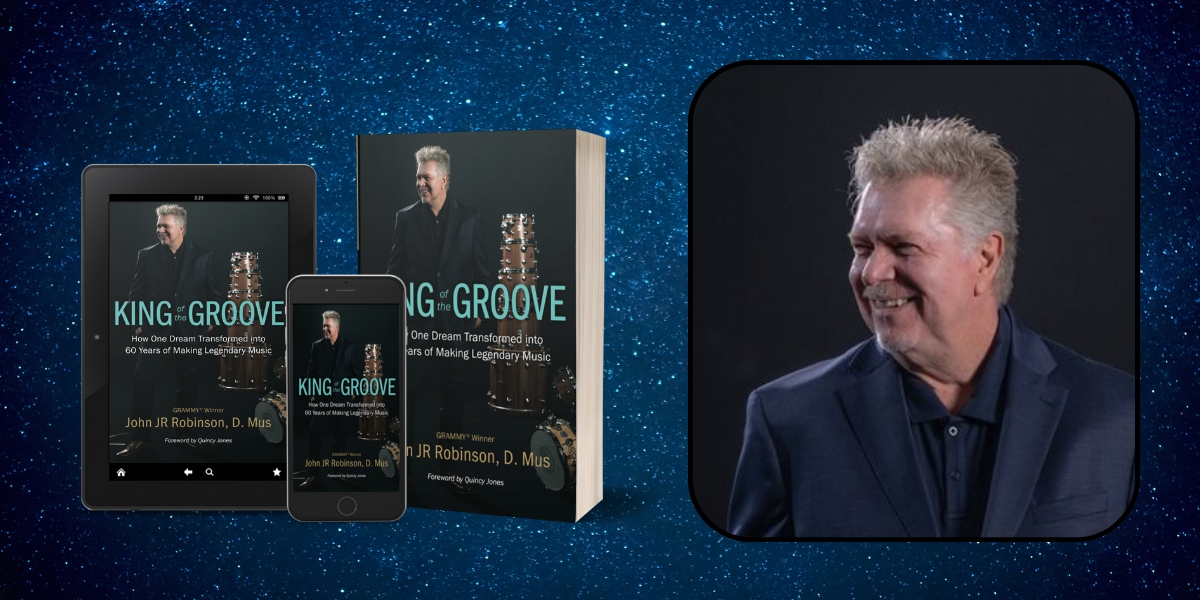I had the great privilege and honor of serving as the supervisor of elections for more than fourteen years for both the National Radio Hall of Fame at Chicago’s Museum of Broadcast Communications, and for the Chicago/Midwest Chapter of the National Academy of Television Arts & Sciences for the Emmy Awards, when I was with an accounting firm in Chicago.
What I learned from those experiences, where I dealt with the most creative people in the radio and TV industries, was that creativity can’t be taught. It is something that is inherent in someone’s personality. In the modern colloquium, you’re “born that way”. Either you have it—or, you don’t. I do think, however, that creativity can be nurtured—but, only in those who already have a proclivity towards it.
I also learned that creative people think much differently than the rest of us. They take a “c” and combine it with a “s” and also with a “y” and a “g” to somehow produce a “z” which is the ultimate creative work. I watched that process unfold time and time again with the most creative people in the radio and TV industries.
The problem was that voting, balloting, if you will, is the ultimate lineal thought process. There is a well-defined step “A”—followed rigidly by a step “B” followed by a step “C’—and so forth. That is how you controlled the process and maintained the integrity of the ballot.
One of my greatest challenges was how to get these highly creative people—who were at the pinnacle of their careers in the radio and TV industries–to think along a logical, lineal thought process, when it came to the nominations and election of their peers in the radio or TV industries into the Radio Hall of Fame, or for the Emmy Awards, as the case may be.
I found that you couldn’t tell them what to do. You had to cajole them in to thinking along logical, straight forward lines, in order to maintain the integrity of the voting and induction process.
From that experience, I became fascinated by how motion pictures are made—a highly creative process—yet, it’s a business…a big business.
I learned much by working with these creative people, and have applied those lessons to my business and teaching careers. It was a highly unique and very valuable experience that I will never forget.
Paul A. Dillon
Adjunct Instructor, Sanford School of Public Policy, Duke University





